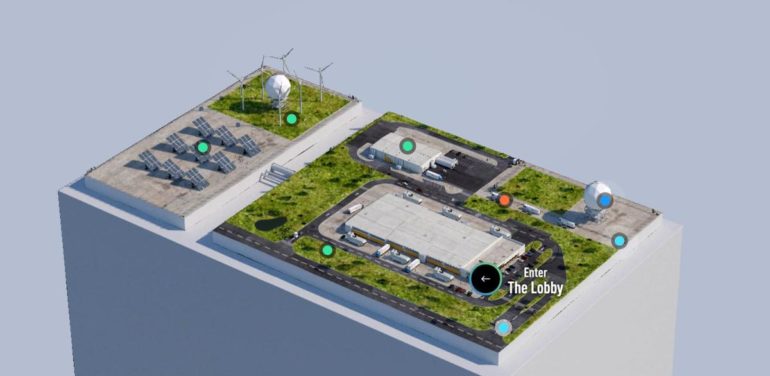A year ago, Microsoft reported that server component shortages had limited how much it could invest in its datacenter business. It looks like those limitations are over, as company officials are predicting that Microsoft will be building 50 to 100 new datacenters each year for the foreseeable future.
Microsoft disclosed its latest cloud build-out predictions as part of its launch of a new, immersive datacenter tour experience on April 20.
Microsoft currently operates more than 200 datacenters. Its currently operating and planned datacenters are located in 34 countries worldwide, networked with more than 165,000 miles of subsea cable, officials said. The company is expecting to add datacenters in at least 10 more countries in calendar 2021, with Malaysia being the most recently announced. Microsoft typically provides customers with Azure, Microsoft 365 and Dynamics 365 services in all of its cloud datacenters.
As of April 1, 2021, Microsoft is guaranteeing via its Service Level Agreements a 99.99 percent uptime-per-month rate for Azure Active Directory service (with a lot of caveats). And last month, officials pledged to offer Azure Availability Zones in every county in which Microsoft publicly operates by the end of calendar 2021, plus offering Availability Zones in all new Azure regions Microsoft launches going forward.
Since very few people ever get to tour Microsoft’s physical datacenters, the company decided to make a virtual tour of a “typical” Microsoft datacenter available. The tour details where Microsoft is investing in security, reliability and sustainability. It also provides some basic information on next-generation technologies Microsoft is incorporating into its cloud datacenters, like two-phase immersion cooling, hydrogen fuel cells and its Project Natick undersea datacenter experiment.
The digital datacenter tour seems to be aimed at educators and consumers interested in technology. Users can take the tour for free with a PC or a virtual-reality device.
